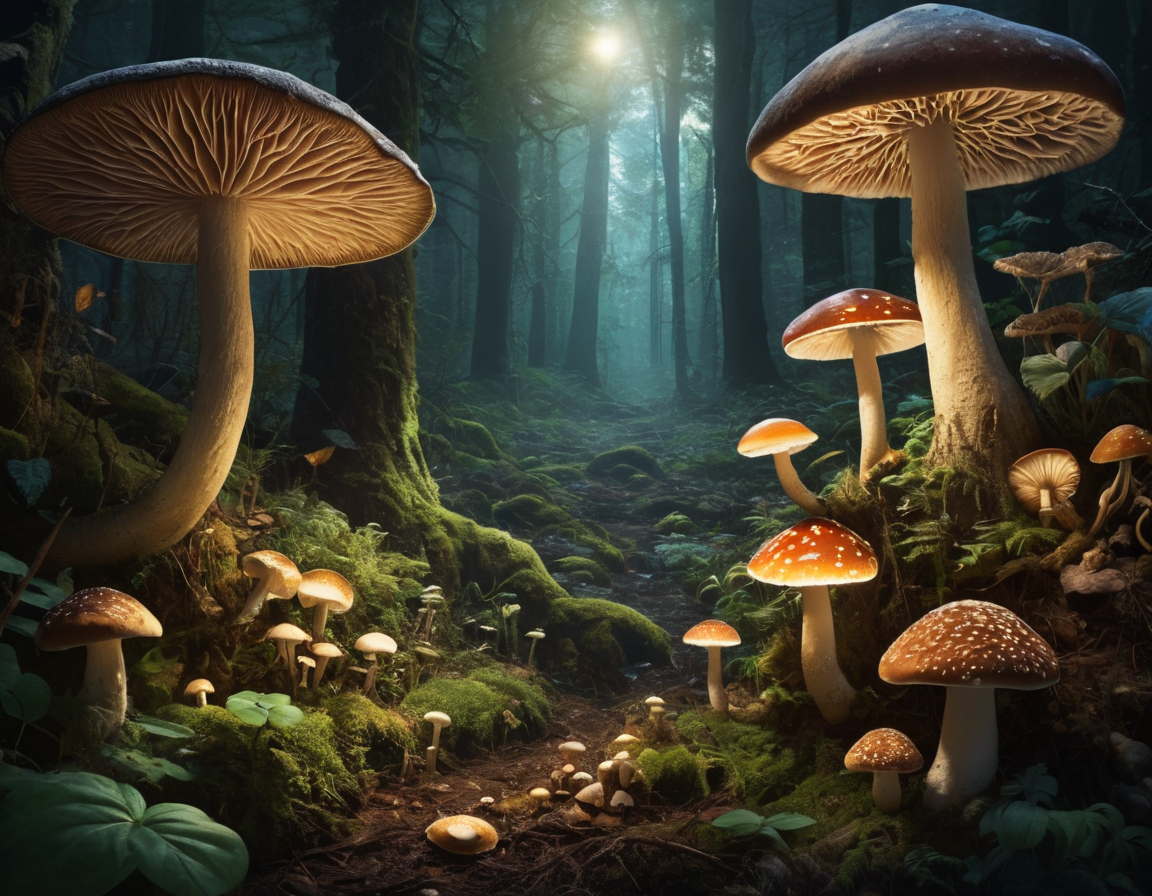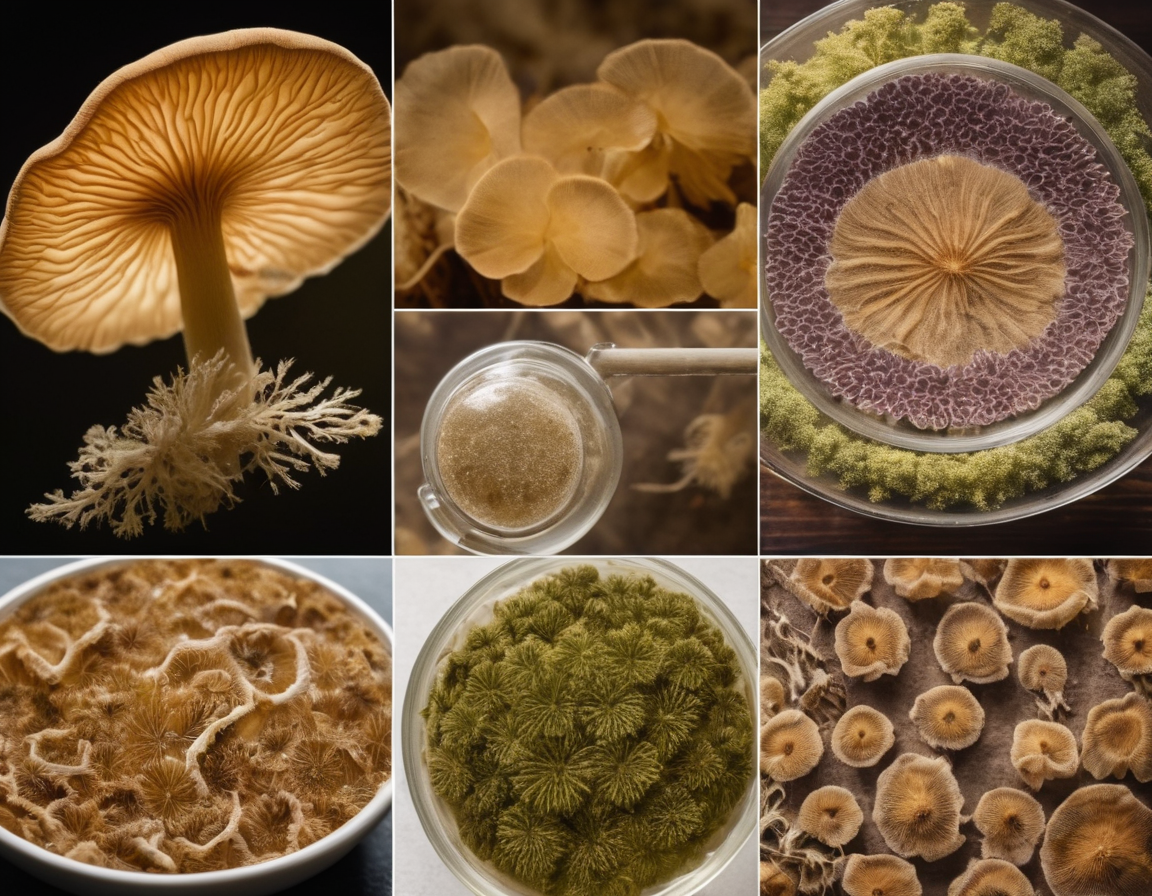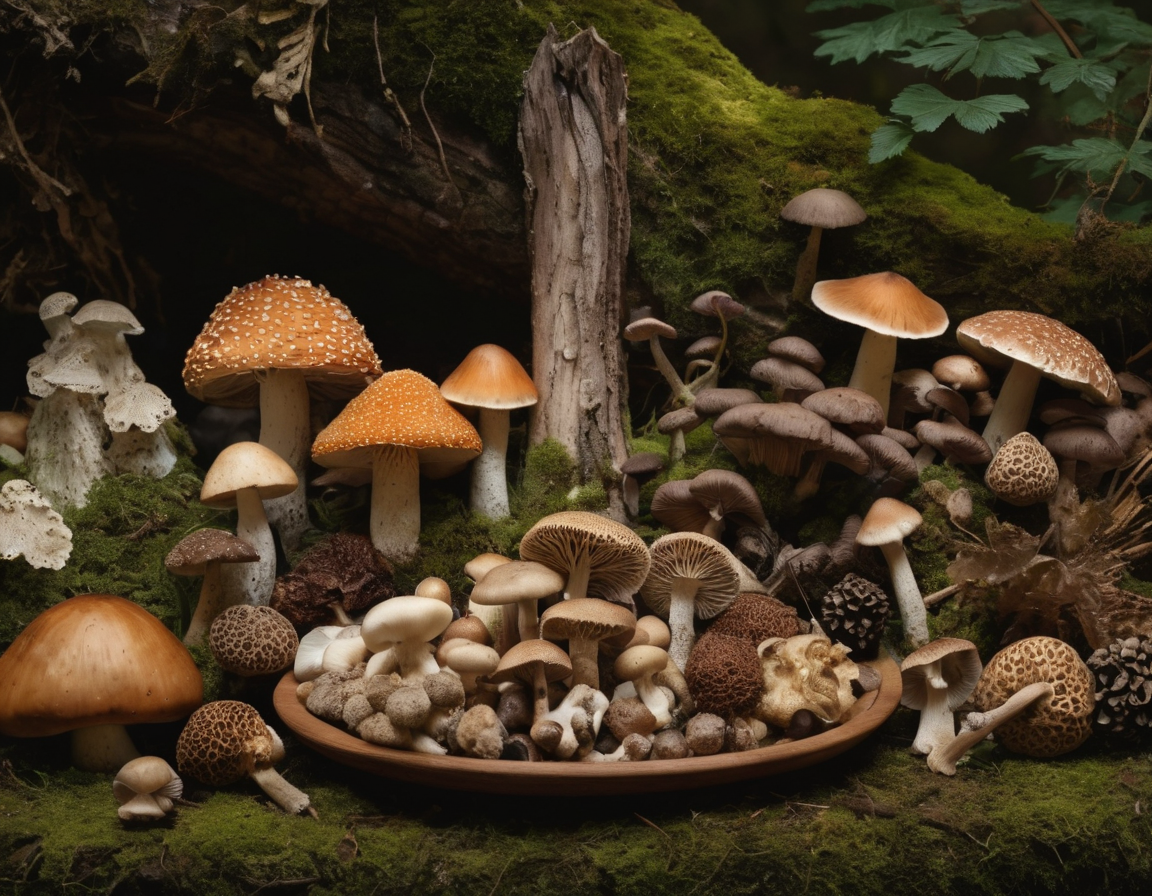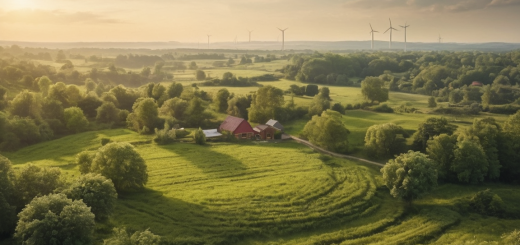The Fascinating Universe of Fungi: Exploring the World of Mycology
Understanding the Universe of Fungi: An Intriguing Journey Into Mycology
The study of fungi, a kingdom of organisms as diverse and widespread as it is essential to life on Earth, is a journey filled with unusual shapes, forms, and functions. From the mushrooms that sprout in your backyard to the yeasts that ferment your favorite beverages, fungi are an integral part of our daily lives. In this blog post, we’ll embark on a captivating exploration into the world of fungi, understanding their roles in ecosystems, their applications in various industries, and some fun facts that’ll surely surprise you. So, let’s dive deep into the rich tapestry of mycology and reveal the secrets of these extraordinary organisms.
The Vital Roles of Fungi in Ecosystems
Fungi serve as the unsung heroes of our planet’s ecosystems. They are master decomposers, breaking down dead plant and animal matter, and recycling vital nutrients back into the soil. But their role isn’t limited to decomposition—many fungi form symbiotic relationships with plants, known as mycorrhizae, where they exchange nutrients for sugars produced by the plants, enhancing plant growth and resilience. These mycorrhizal networks, often referred to as the ‘wood-wide web’, are critical for the health of many ecosystems.

Industrial and Medicinal Applications of Fungi
The applications of fungi extend well beyond the confines of the forest. In the realm of industry, fungi play a pivotal role in biotechnology and fermentation processes. Penicillin, the world’s first antibiotic, was derived from the fungus Penicillium, revolutionizing the field of medicine. Fungi are also at the forefront of sustainable technology, with discoveries leading to the development of mycelium-based materials that could potentially replace plastic and leather.

Fungi in Culture and Cuisine
Our fascination with fungi is not just scientific but also cultural and gastronomic. Culinary delights like truffles and morels are highly sought after, elevating the dining experience with their unique flavors. On a cultural front, various species of fungi have been used traditionally by indigenous communities for their psychoactive properties during spiritual ceremonies. Today, modern science is exploring the potential therapeutic benefits of these substances for mental health treatment.

Interesting Fungal Facts
- The largest living organism on Earth is a fungus known as the honey fungus, spreading across more than 3.8 square miles in Oregon’s Blue Mountains.
- Bioluminescent fungi exist! Species like Armillaria mellea emit a greenish light through a chemical reaction, creating enchanting nighttime forest scenes.
- Some fungi have incredibly fast spore release mechanisms—shooting spores at speeds up to 180,000 times the force of gravity!
Conclusion: The Myriad Mysteries of Mycology
As we wrap up our journey through the fascinating world of fungi, it’s clear that these organisms are far more than just mushrooms on a log. Their intricate roles in nature, valuable contributions to industry and medicine, cultural significance, and sheer biological wonder make them a ceaseless subject of study and appreciation. Whether you’re a seasoned mycologist or a curious explorer, the universe of fungi is a treasure trove of knowledge waiting to be uncovered. Ready to step into the wild and wonderful world of fungi? The next time you encounter a mushroom, take a moment to appreciate the vast, interconnected web of life it represents.
If you found this journey through mycology as fascinating as we did, share this post and encourage others to learn about the extraordinary world of fungi!
Call to Action: Hungry for more mycological marvels? Subscribe to our newsletter to get the latest updates on the captivating world of science and nature!






